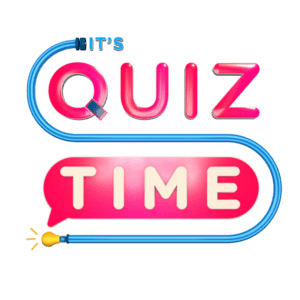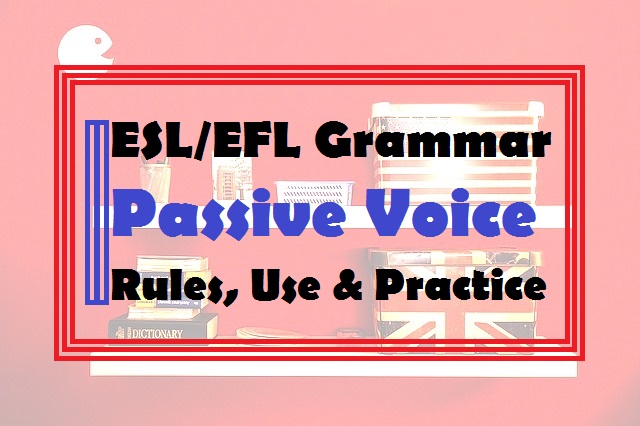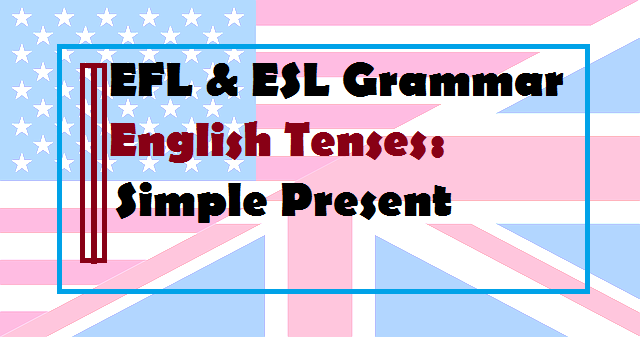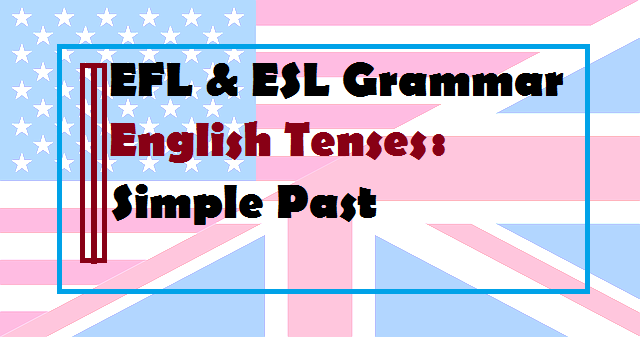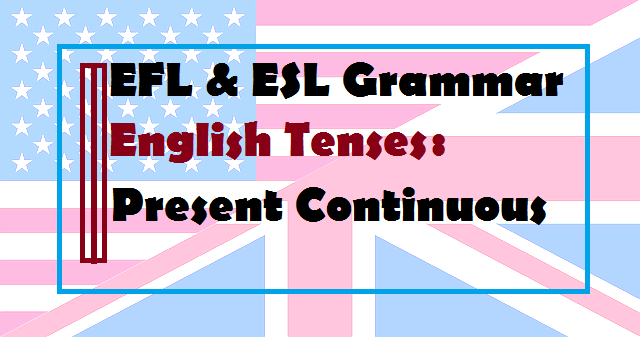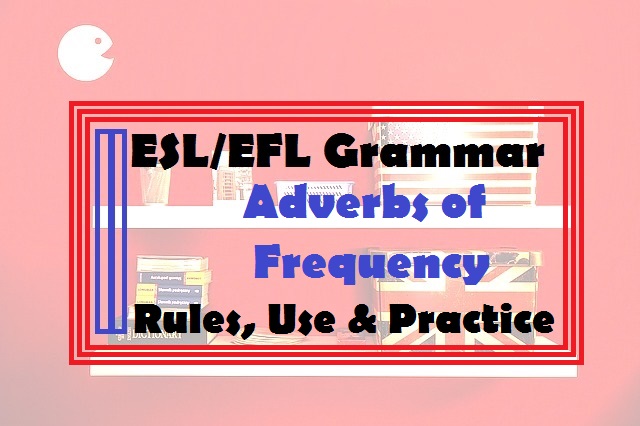The use of Passive voice in English
We use the passive voice because we want to show that we are interested in the person or the thing that experiences an action rather than the subject who performs the action. In passive voice, we are basically interested in the object not the subject.
Examples:
- Our school was built in 2001.
- My father was sent a letter.
- They were given some money.
Passive voice is sometimes used because we do don’t know or want to avoid saying who did the action.
Examples:
- The cake was eaten.
- The window was broken.
- The money was stolen.
In English, we have two forms: active and passive forms.
- Active voice: Ahmed ate the apple.
- The passive voice: the apple was eaten
If you take a look at this example, you will see that in the passive voice, there are some changes.
The subject is removed. The object is placed in the position of the subject. The auxiliary /was/ is inserted and the verb (ate) is put in the past participle (eaten).
The tables below explain how sentences change from active to passive voice. Note that the main verb is always put in the past participle. The verb to /be/ is inserted and grammatically changed according to the tense.
If the tense is present: we put either (is) for the singular and (are) for the plural. If the tense is the past: we put either (was) for the singular and (were) for the plural. If the tense is present perfect: we put either (has) for the singular and (have) for the plural.
Tenses | Active voice |
| Simple present | She eats the apple She eats the apples |
| Simple past | She ate the apple She ate the apples |
| Simple future | She will eat the apple She is going to eat the apple She is going to eat the apples |
| Present continuous | She is eating the apple She is eating two apples |
| Past continuous | She was eating the apple She was eating two apples |
| Present perfect | She has eaten the apple They have eaten apples |
| Past perfect | They had eaten the apple She had eaten apples |
| Future continuous | She will be eating the apple |
| Future perfect | She will have eaten the apple |
| Modals | She must eat the apple She can’t eat the apple She should eat the apple She may eat the apple She has to eat the apple |
Rules of using the passive voice in English |
| Obj + be + PP be = is / are |
| Obj + be + PP be = was / were |
| Obj + will + be + PP be = be |
| Obj + be + being + PP be = is / are |
| Obj + be + being + PP be = was / were |
| Obj+ has or have + be + PP be = been |
| Obj + had + be + PP be = been |
| Obj + will + be + be +PP be = being |
| Obj + will have + be + PP be = been |
| Obj + modal + be + PP Examples of modals: could, Can, might, would, shall, Had to |
Examples of Passive voice |
| The apple is eaten The apples are eaten |
| The apple was eaten The apples were eaten |
| The apple will be eaten The apple is going to be eaten The apples are going to be eaten |
| The apple is being eaten Two apples are being eaten |
| The apple was being eaten Two apples were being eaten |
| The apple has been eaten Apples have been eaten |
| The apple had been eaten Apples had been eaten |
| The apple will be being eaten |
| The apple will he have been eaten |
| The apple must be eaten The apple can’t be eaten The apple should be eaten The apple may be eaten The apple has to be eaten |
Take Quiz
Check your understanding here ...
